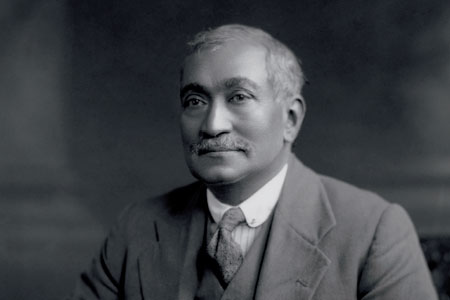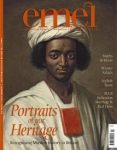
Portraits of our Heritage
Issue 88 January 2012
The National Portrait Gallery is perceived to be a ‘select gallery’ for the white British elite. This is a misconception however, as Ali Khimji explains.
The National Portrait Gallery was founded in 1856, with the aim of promoting, through portraiture, the appreciation and understanding of men and women who have influenced British history. It is no surprise that Charles Dickens, Emmeline Pankhurst and James Dyson can all be found hanging in the gallery. However, it may astonish many to know that Muslims can be found side-by-side with these giants in British history. It therefore came as a pleasant surprise to find out that the gallery features, amongst others, a translator of the Qur’an, a Muslim servant of Queen Victoria, and the first portrait to honour as equal a Muslim slave from West African.
Going beyond the images reveals deep, rich and meaningful stories of the people portrayed. They were not just seen as exotic and colourful characters, but their thoughts and views were considered equal to the British people’s own. The curators at the gallery would seek historical and contemporary figures who they believe had made a significant impact on British culture and society, and conduct thorough research to try to understand their influence in a historical context, as well as in a contemporary light. And whilst it may have been weighted towards native British people in the past, the gallery is working towards reflecting the complexion of modern Britain, and also runs outreach programmes in a bid to boost the diversity of its audience. Their exhibitions and displays stimulate questions around biography, fame, diversity and history.
The portraits that are featured in the next few pages are just a small number of the Muslims featured in the National Portrait Gallery. Each one is a snapshot into the life of a person, some from a few centuries ago, others from modern times. And although they are not all on display at the same time, there is one consistency between them all—each is testament to the fact that it is possible for diverse people to integrate and flourish within British society.
Bookmark this |
|
Add to DIGG |
|
Add to del.icio.us |
|
Stumble this |
|
Share on Facebook |
|
Share this |
|
Send to a Friend |
|
Link to this |
|
Printer Friendly |
|
Print in plain text |
|


Comments
0 Comments